
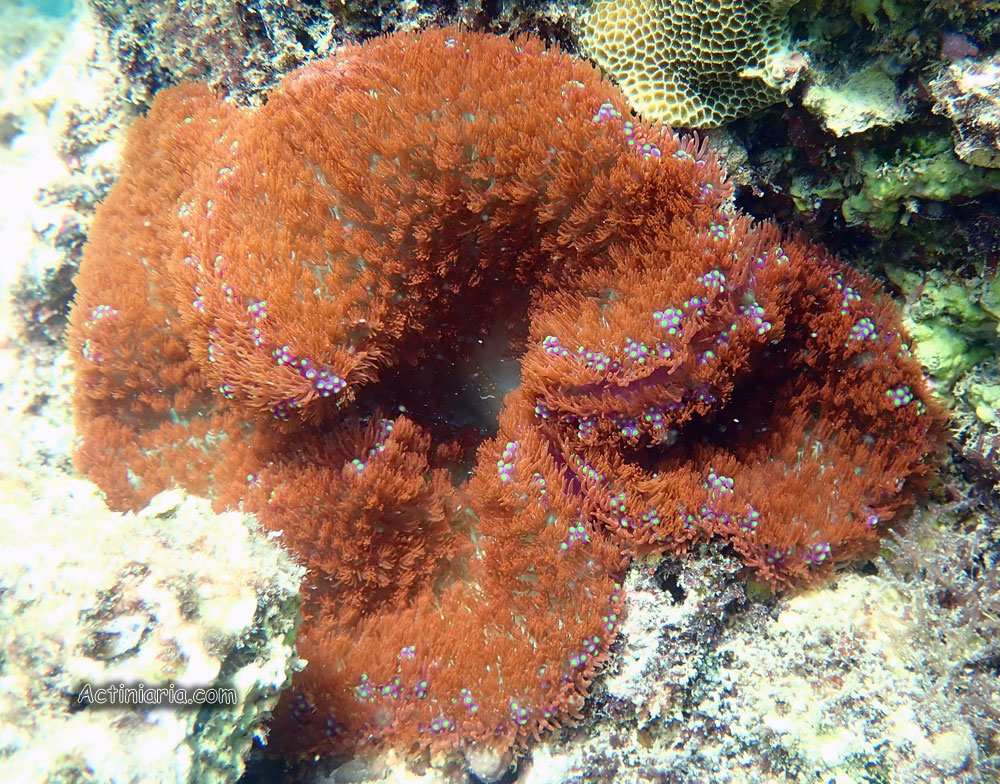
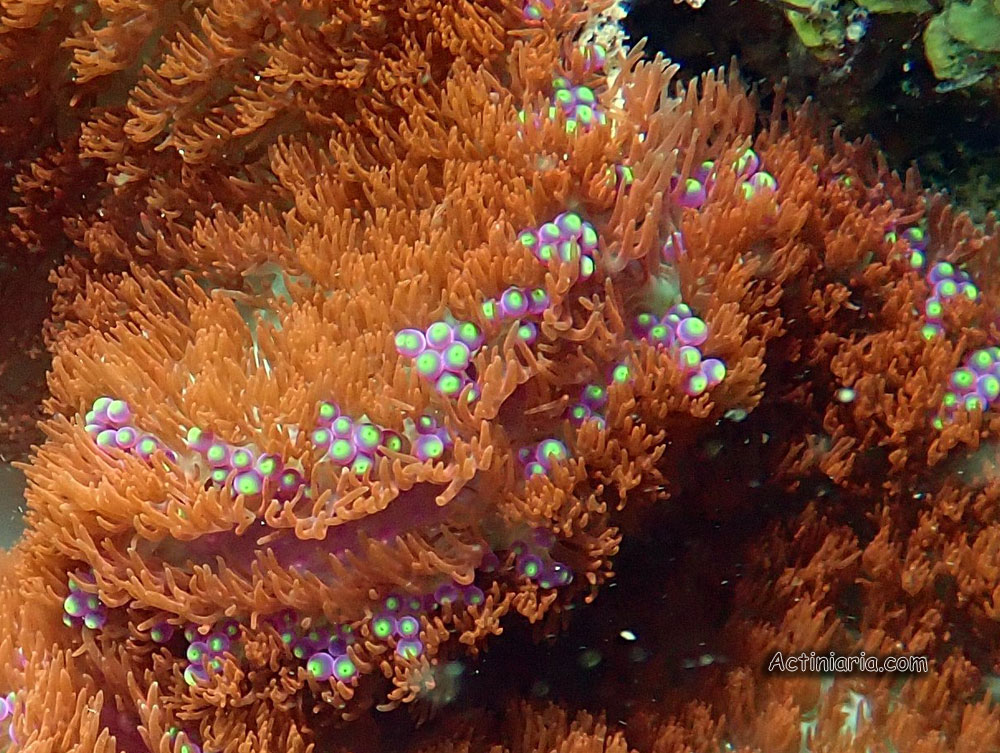
Below are several photos of two other species of the family Thalassianthidae. At present we refrain from their identification.
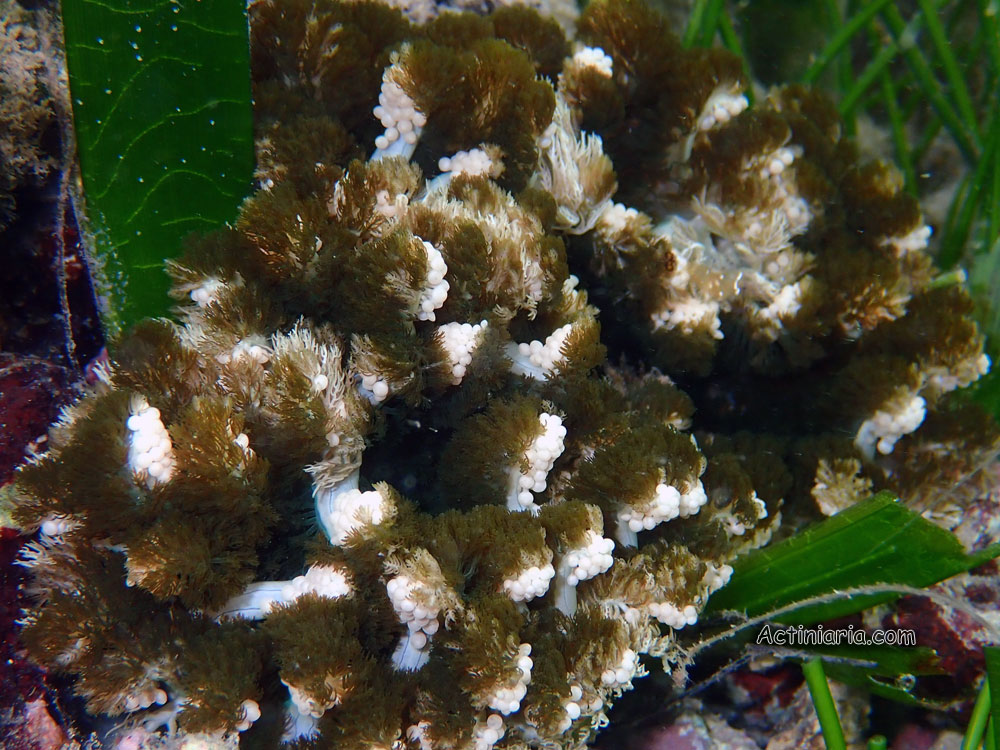
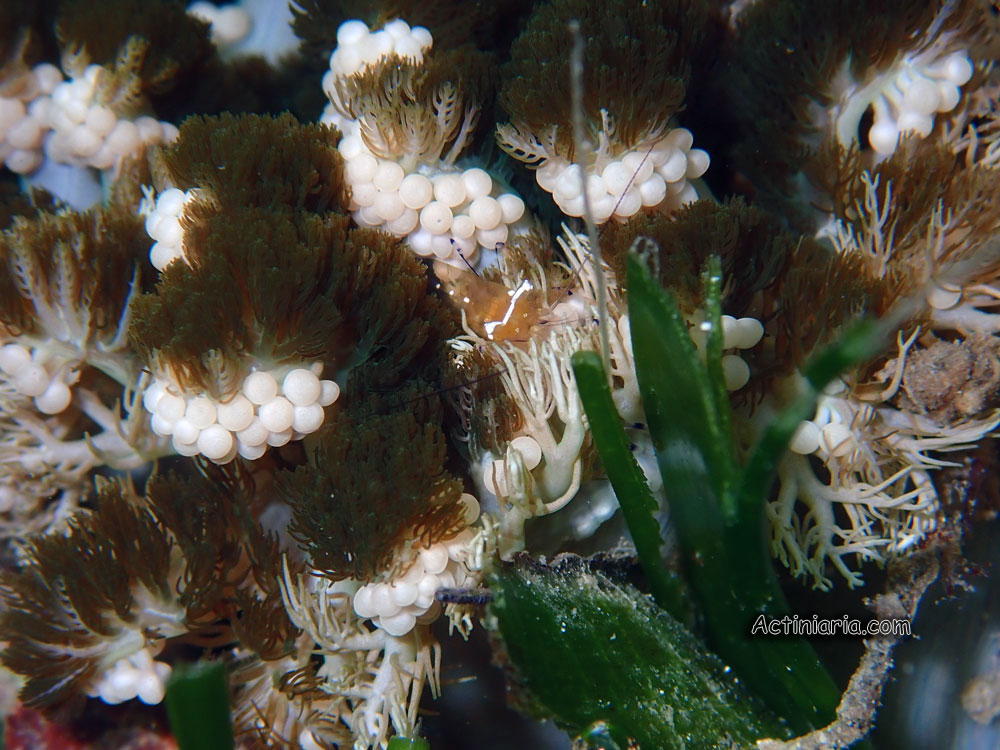

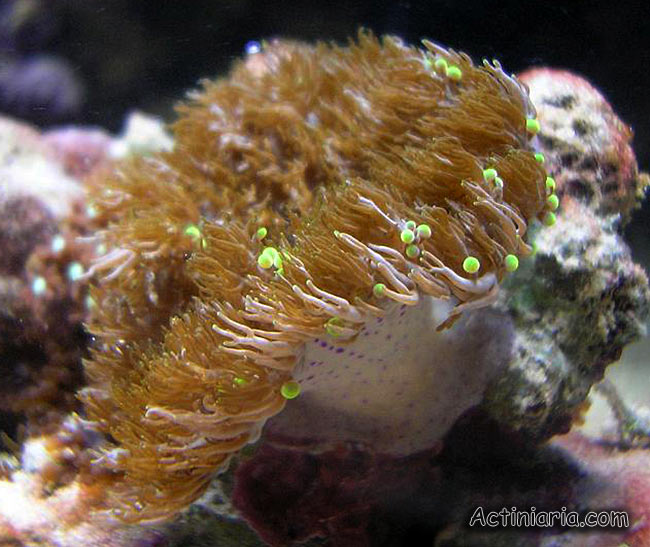
|
This species is usually identified as Heterodactyla hemprichii (or Thalassianthus hemprichii) but actually the taxonomy of Thalassianthus, Heterodactyla and related Actineria is a big mess. These three genera have so called lobes (finger-like projections) on the oral disc covered by branched tentacles. A.L. Crowther (2013), in recent revision of the family (in her dissertation, Crowther 2013) synonymized (=lumped together) Heterodactyla, Thalassianthus and Actineria under the name Thalassianthus. This was followed by some subsequent authors, who began to use the name Thalassianthus instead of Heterodactyla, but in a catalogue of Fautin, published in 2016, these three genera are listed as valid (probably because the work of Crowther has not been officially published?). Whether they are really distinct is a difficult question. Crowther (2013) discussed several minor features listed in the diagnoses of these genera (Carlgren, 1949) and come to a conclusion that they all are variable and not significant. So, according to her, the genera must be joined under the oldest name (Thalassianthus). She, however, overlooked and not mentioned the most important feature listed in Carlgren"s (1949) diagnoses - Thalassianthus has the same number of mesenteries distally and proximally, while in Heterodactyla the mesenteries are more numerous distally. This feature is usually considered as important for separation of genera. On the other hand, all these species are so similar that uniting them in one genus may be justified. Nevertheless, currently we prefer to follow Carlgren and treat Heterodactyla as valid generic name.
|